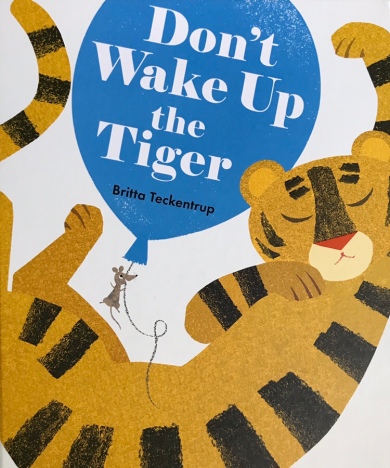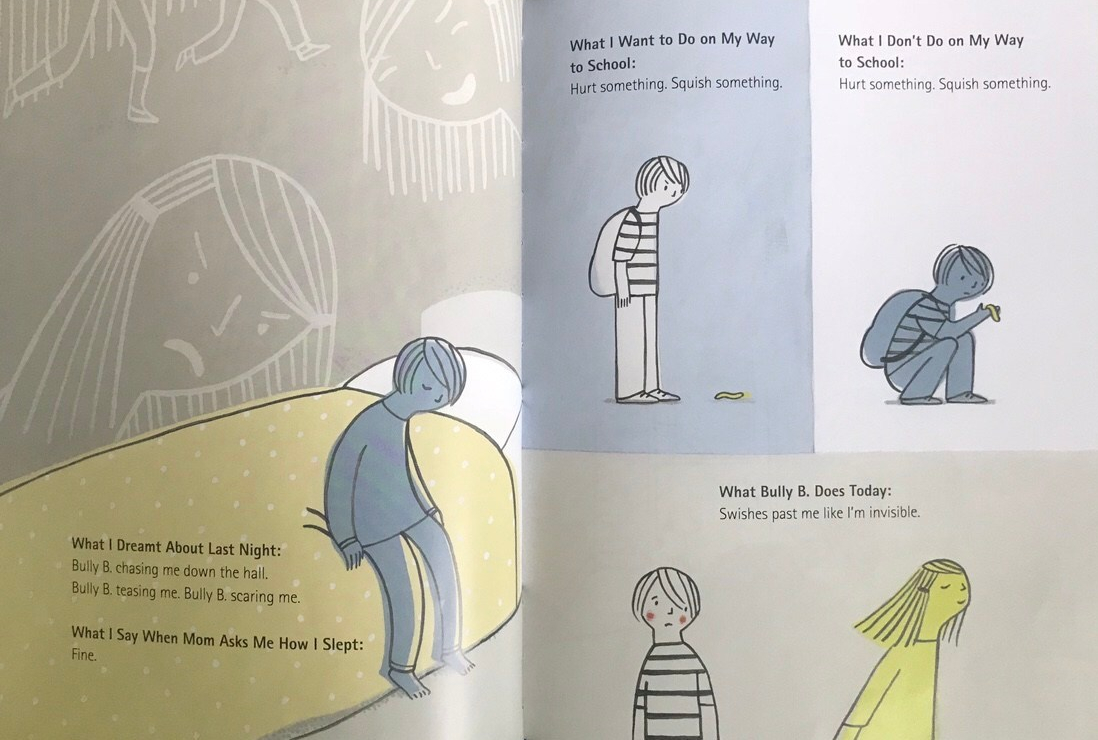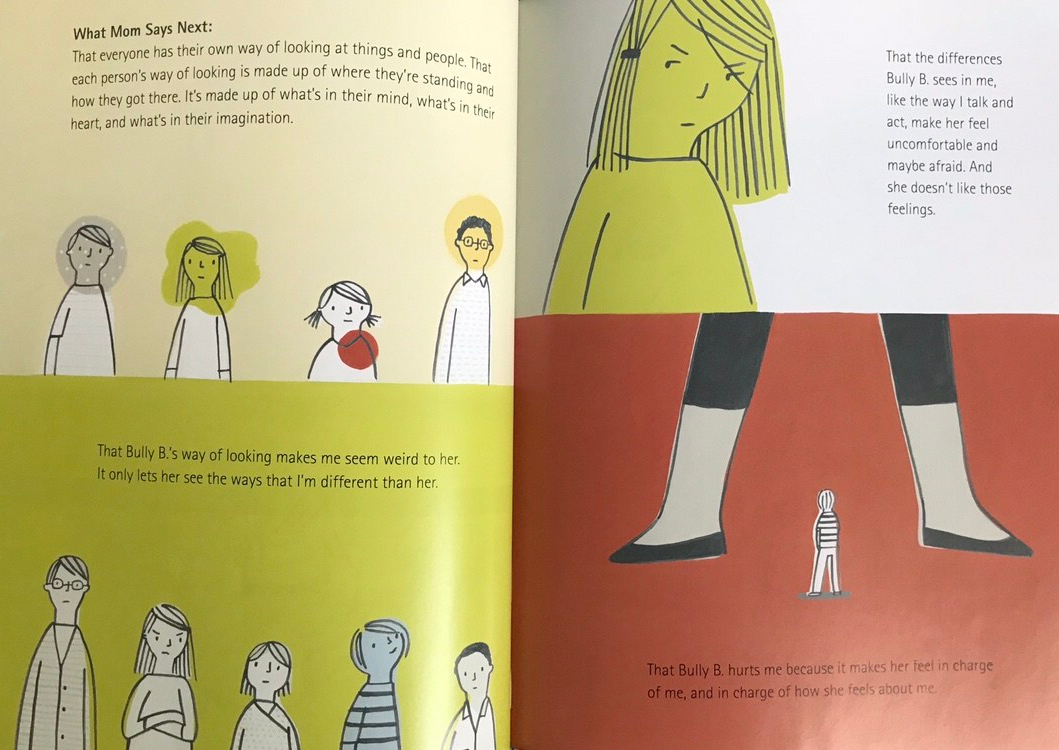There’s typically no singular solution to a problem. Help kids learn to approach problem solving from different directions with these 3 fantastic books!
Puffin Peter by Petr Horácek (Candlewick Press) is a beautifully illustrated, fun read-aloud book and a perennial favorite in our home.
Puffin Peter has lost his best friend, Paul, and a kind whale has offered his assistance. But Peter’s description of Paul is exactly what you would expect from a young child—a list of non-specific, albeit memorable, traits: loud and noisy, black and white, with a colorful beak. We follow along as they find birds meeting Peter’s description, but none of them are Paul or even puffins. In the end, Paul is right where Peter left him—flying near their island. When the whale gently asks why Peter never mentioned that Paul was a puffin, we are prompted to consider how their search could have been conducted differently.
We start this discussion with some basic questions. When something is lost, where do you start looking? When you’re solving a problem, which information is salient? As Peter’s description of Paul progress from least specific puffin traits to more specific traits, we can diagram the information as a series of subsets and illustrate why some information is more useful than other. In follow-up, we ask what else could Peter have told the whale? Would different information have helped them find Paul more quickly? What other kinds of birds fall into these sets? The result is a great book for story time and a wonderful introduction to reasoning and logic for young readers.

a storm blew up. A big, big storm. Peter was lost.

They arrived at a small island. “Which one is Paul?” asked the whale. The birds were funny and noisy, but they were nothing like Paul. “Paul is not a parrot,” said Peter. “Paul’s feathers are black and white!”

“Funny, noisy, black and white, with a colorful beak,” said the whale. “I know exactly where to look.” And they set off again. The next bird they saw was funny, noisy, black and white, with a colorful beak, but he wasn’t Paul. “Paul is not a toucan,” said Peter. “Oh, we are never going to find him!”

Funny & Noisy Birds, Black & White Birds, Birds with a Colorful Beak, PUFFINS!

Don’t Wake Up the Tiger by Britta Teckentrup
Don’t Wake Up the Tiger by Britta Teckentrup (Nosy Crow)
A bunch of balloons, a misfit group of friends, and a large sleeping tiger make for a fun and suspenseful read in this cheerfully illustrated and interactive book.
On their way to a party, each friend must get their balloon past the obstructive tiger without waking her. Some attempts succeed easily but others require the reader’s assistance, such as blowing on the balloon to generate more upward force when fox is too heavy or rocking the tiger back to sleep.
With each spread there’s opportunity to discuss the employed tactic and brainstorm alternatives. How could the animals approached their crossing differently? What else could have been done to help the tiger stay asleep? Why do some approaches work while others fail? Must the tiger stay asleep? The book resolves with a delightful, surprise ending that always induces giggles. It’s a great story time selection, and one of my son’s all-time favorite books!

But she’s in the way! Whatever will the other animals do? They’re in a hurry, and they’ve got a big bunch of balloons to carry, too. Oh, dear. How will they get past without waking her up?

Oh, good. Tiger is still sound asleep. Now it’s Fox’s turn. But look! Fox is too heavy for his balloon, and the balloon is dropping lower and lower. Blow! Blow as hard as you can! Pfft! Pfft! Pfft!

Phew. That was close, wasn’t it? Stork is the last animal to cross. She can step over Tiger with her long legs. But be careful, Stork! Watch out for the balloon . . .
 What Happens Next
What Happens Next by Susan Hughes, illustrated by Carey Sookocheff (Owl Kids) is nothing short of a brilliant, must have book for all kids. Narrated point by point, we follow the thoughts of an outsider navigating the consequences of bullying at school. Without overt identifying characteristics, the narrator and the bully could represent any person and neither are glorified or vilified. What results is an empathic journey through the experience of being bullied.
A problem such as bullying has no simple solution, and this book does not pretend otherwise. We see the narrator try out several approaches and observe the results: keeping the bullying a secret leads to nightmares and feelings of aggression; discussing it with mom brings a new perspective and new ideas about how to interact with the bully; going for a walk brings a sense of relaxation and reminder of things enjoyed. Ultimately, the narrator and bully’s relationship ends in a better place than it began, and the story closes with a message about the power of empathy and compassion.
The opportunity for discussion here is vast, and the book’s format allows it to be individualized to the readers. It’s a book to read slowly. A book to revisit time and again as the message will grow and adapt with the readers. A book to build communication skills and emotional intelligence. It’s a book the world needs, and I hope you read it with your kids of all ages.

Why I Don’t Want to Go to School Today: Bully B. What Bully B. Does at School Today: Blocks my way. Asks me questions that aren’t really questions, Like, “Why are you so weird?” What Her Friends Do: Laugh. What Everyone Else Does: Nothing

What I Dreamt About Last Night: Bully B. chasing me down the hall. Bully B. teasing me. Bully B. scaring me. What I Say When Mom Asks Me How I Slept: Fine. What I Want to Do on My Way to School: Hurt something. What I Don’t Do on My Way to School: Hurt something. Squish Something. What Bully B. Does Today: Swishes past me like I’m invisible.

What Mom Says Next: That everyone has their own way of looking at things and people. That each person’s way of looking is made up of what’s in their mind, what’s in their heart, and what’s in their imagination. That Bully B.’s way of looking makes me seem weird to her. It only lets her see the ways that I’m different than her. That the differences Bully B. sees in me, like the way I talk and act, make her feel uncomfortable and maybe afraid. And she doesn’t like those feelings. That Bully B. hurts me because it makes her feel in charge of me, and in charge of how she feels about me.




These look like some good reads. My 5 year old is terrible with problem solving. I was actually trying to get her to do this for something just a few minutes ago to no avail. Maybe we need to check these books out! #BlogCrush
Maybe we need to check these books out! #BlogCrush
LikeLiked by 1 person
They’re a fun way to start talking about it! ☺️📚💕
LikeLike
These are three books that are new to me. I do love a good book especially if they are beneficial. #BlogCrush
LikeLiked by 1 person
Hope you get a chance to read them!
LikeLike
Oooo I like the idea of “audience participation” in the tiger book! And the book on bullying seems like a great way to help children explore these issues in a safe environment. #blogcrush
LikeLiked by 1 person
Fantastic recommendations, thank you!
LikeLiked by 1 person
You’re very welcome! Love helping people find great books 😄💕📚
LikeLiked by 1 person